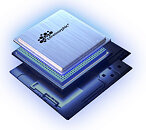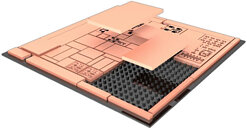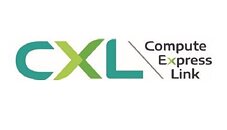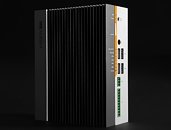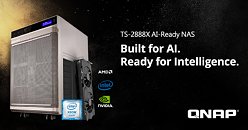TYAN to Showcase Cloud Platforms for Data Centers at CloudFest 2023
TYAN, an industry-leading server platform design manufacturer and a MiTAC Computing Technology Corporation subsidiary, will showcase its latest cloud server platforms powered by AMD EPYC 9004 Series processors and 4th Gen Intel Xeon Scalable processors for next-generation data centers at CloudFest 2023, Booth #H12 in Europa-Park from March 21-23.
"With the exponential advancement of technologies like AI and Machine Learning, data centers require robust hardware and infrastructure to handle complex computations while running AI workloads and processing big data," said Danny Hsu, Vice President of MiTAC Computing Technology Corporation's Server Infrastructure BU. "TYAN's cloud server platforms with storage performance and computing capability can support the ever-increasing demand for computational power and data processing."
"With the exponential advancement of technologies like AI and Machine Learning, data centers require robust hardware and infrastructure to handle complex computations while running AI workloads and processing big data," said Danny Hsu, Vice President of MiTAC Computing Technology Corporation's Server Infrastructure BU. "TYAN's cloud server platforms with storage performance and computing capability can support the ever-increasing demand for computational power and data processing."



















